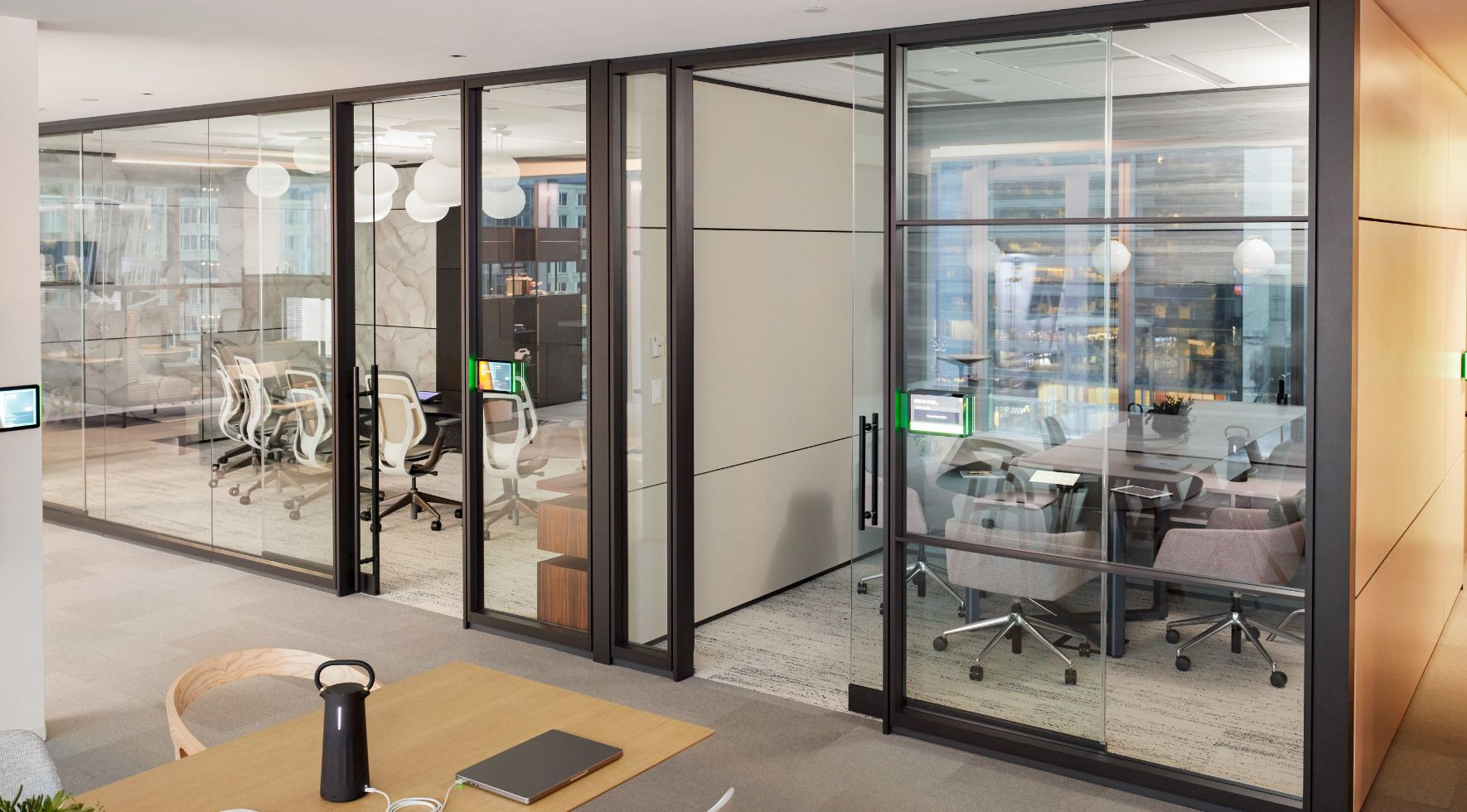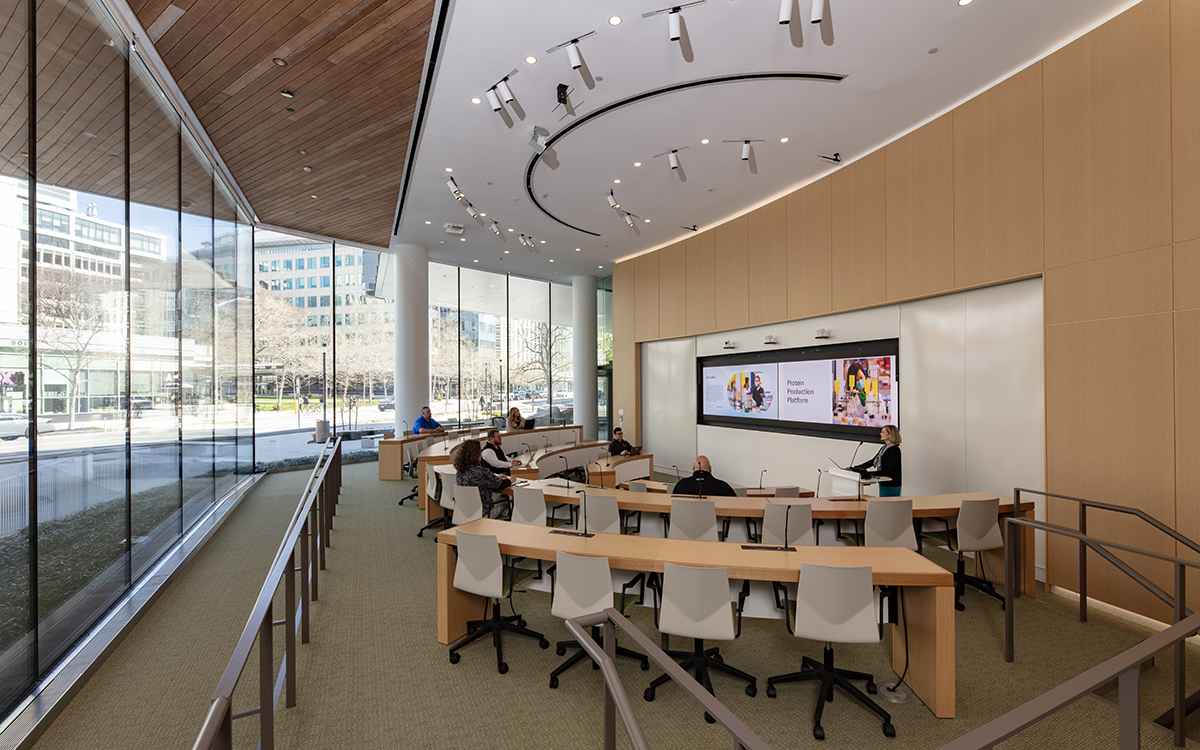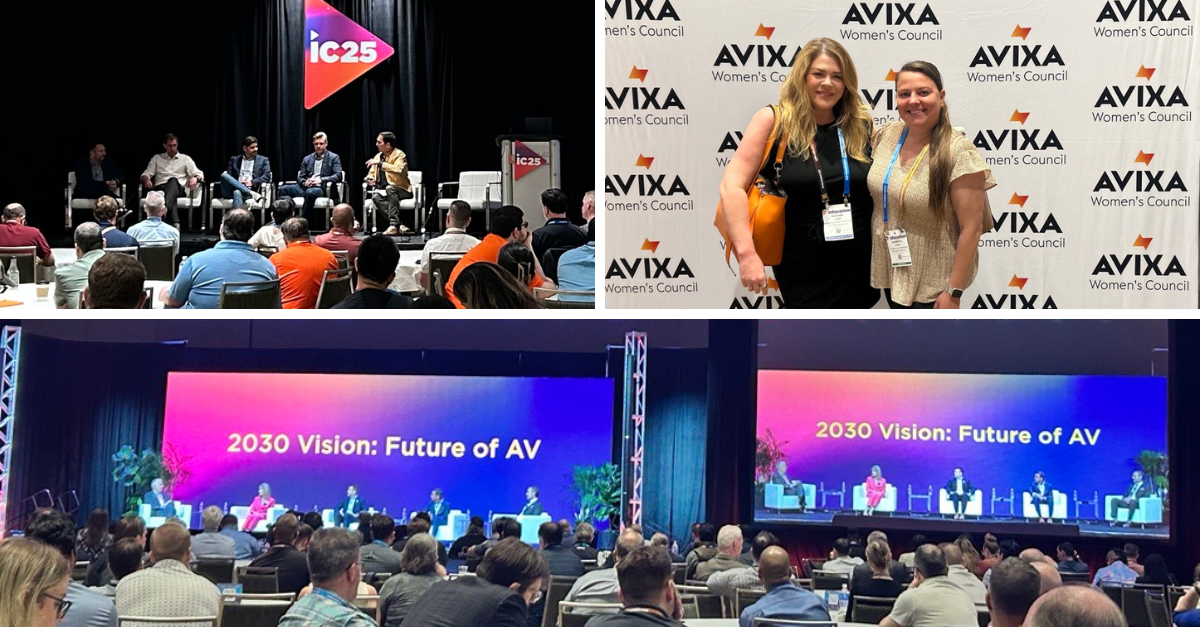Technology has revolutionized the way we work, making it possible for us to collaborate and communicate with colleagues from anywhere in the world.
In many ways, technology is like the engine that fuels the workforce, driving productivity and enabling us to work smarter, faster, and more efficiently. Just as a car engine powers a vehicle, technology powers the modern workforce, providing the tools and resources we need to stay connected and get work done.
It enables us to communicate and collaborate with colleagues and customers from around the world, increasing the speed and accuracy of decision-making processes. It also allows us to access important data and resources from anywhere, giving us the flexibility and mobility needed to work in today’s fast-paced environment.
According to a recent survey conducted by Gartner, the global spending on IT is expected to reach $4.5 trillion this year. From video conferencing software and collaboration tools to cloud storage solutions and mobile devices, hybrid workplace technology has become an essential component of every aspect of work.
How to choose the best workplace technology for your space
New Steelcase research shows that better technology can motivate people to return to the office more often. With so many options available in the market, it can be overwhelming to choose the right technology that can entice more people to be physically present. Having a checklist ensures that you don’t miss out on any important equipment or features that are necessary for your space.

Here’s an in-depth checklist of hybrid work technology needed to power work environments, along with a brief explanation of each item:
- Video Conferencing Software: This software is essential for facilitating virtual meetings and collaborations between remote and in-person participants. Popular options include Zoom, Microsoft Teams, and Google Meet.
- Meeting Room Cameras: Good quality cameras are necessary to capture clear visuals of in-person participants, so remote participants can see and interact with them as if they were in the same room. Choose cameras that offer features like auto-focus, auto-exposure, and pan-tilt-zoom capabilities for optimal performance. Newer camera technology will capture room participants individually for better eye contact with remote participants.
- Conferencing Microphones: High-quality microphones are essential to capture clear audio from both in-person and remote participants. For small to medium size spaces, the videoconferencing rooms systems have built in microphones or pods that work great to pick up room participants audio. For large space, a professional integrator will advise as to the type and location of microphones as well as how to remediate any acoustical reverberation.
- Conference Room Speakers: Speakers are crucial to ensure that remote participants can hear everything that is said during the meeting. Like microphones, the speakers built into video conferencing room systems are typically adequate to distribute the audio in most small to medium size rooms. For larger space or overflow areas, seek professional guidance for the type and location of appropriate speakers.
- Digital Whiteboards: Digital whiteboards facilitate easy collaboration and note-taking during virtual meetings. They allow both in-person and remote participants to see and contribute to the same document or notes, which can be saved and shared easily after the meeting.
- Meeting Room Displays: Flat screen technology is the most common display technology for presentations and virtual meetings due to the high quality and small form factor. For larger applications, projectors or video walls may be a better choice. When selecting any display technology, it is important to determine the optimal image size and viewing height based upon the distance for all room participants.
- Bridging Software: Bridging software, such as Pexip, can help you connect different technology systems and devices seamlessly. This software allows you to create an integrated platform that can be accessed by both in-person and remote participants, regardless of the devices or software they are using.
- Reservation System: Reservation systems enable employees to book desks, meeting rooms, or other resources in advance, ensuring that they have a designated space available when they need it. This helps to eliminate the frustration of searching for an available workspace and enhances productivity by reducing time wasted in finding suitable seating arrangements.
- Workplace Sensors: Workplace sensors provide real-time data on space occupancy and usage patterns. By deploying sensors throughout the office, organizations can gain insights into how spaces are utilized and make informed decisions about space allocation and design.
This checklist can help you make informed decisions and ensure that all necessary equipment is in place to facilitate productive and effective hybrid meetings. To ensure you maximize technology utilization, make sure you provide live and/or recorded sessions to train employees on how to use the system. Quick start printed guides in each space are a great reminder for end users.
The importance of having the right technology in place

According to recent research conducted by Microsoft, there has been a significant increase in the use of technology for remote work in the past year. In their 2021 Work Trend Index, Microsoft found that the pandemic has accelerated the adoption of digital technology by two years, with employees spending 2.5 more hours per week in meetings and collaborating more with colleagues virtually. Furthermore, 73% of workers surveyed in the study expressed a desire for flexible remote work options to continue, even after the pandemic ends.
This increased reliance on technology in the workforce highlights the importance of having the right tools and resources to increase a return to the office. Technology, like car engines, drives and fuels the workforce, enabling businesses to stay connected and productive, regardless of location.
As hybrid work becomes more prevalent, organizations must invest in the right technology and equipment to ensure that their employees can effectively communicate and collaborate, whether they are working from home or in the office. A great meeting experience is no longer an option and must include clear audio, good video quality for eye contact and nonverbal communication and other tools like online chat, digital whiteboards and more. With the best office technology in place, businesses can fuel their workforce, allowing them to achieve their goals and drive success.






